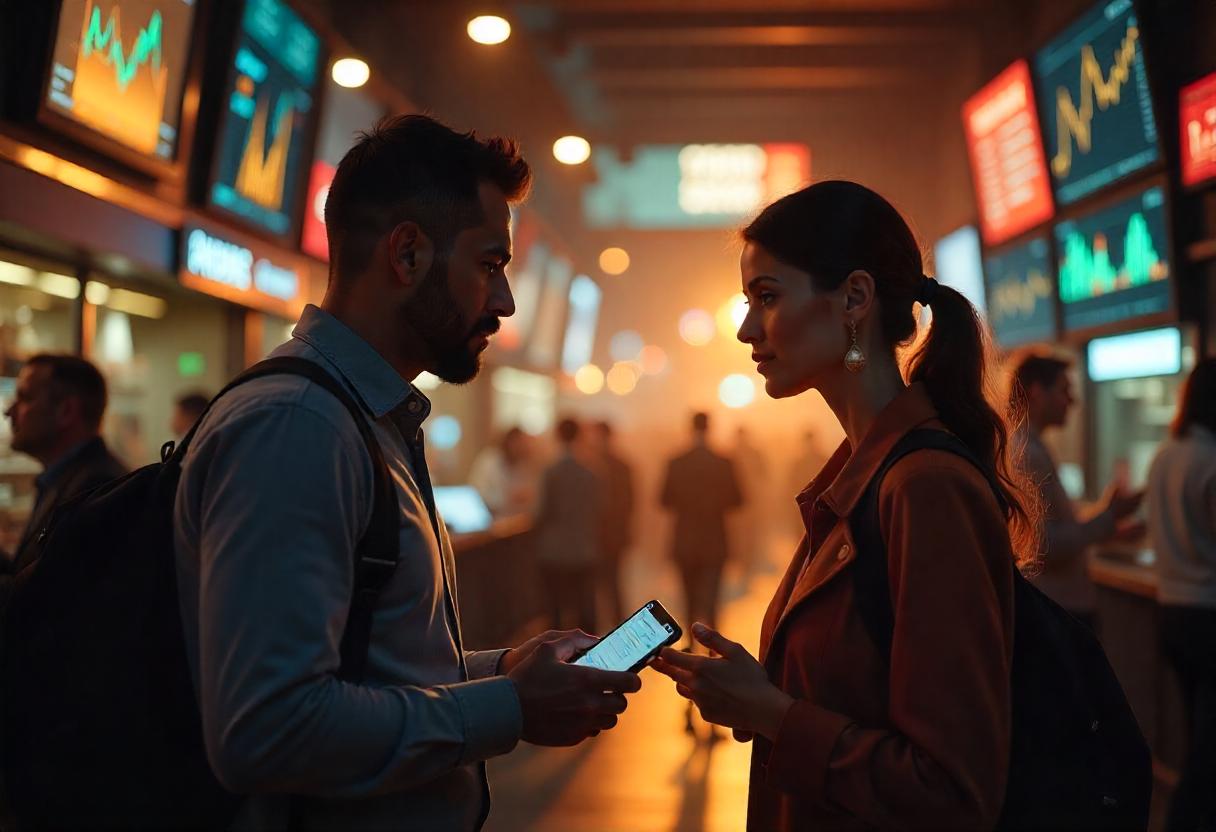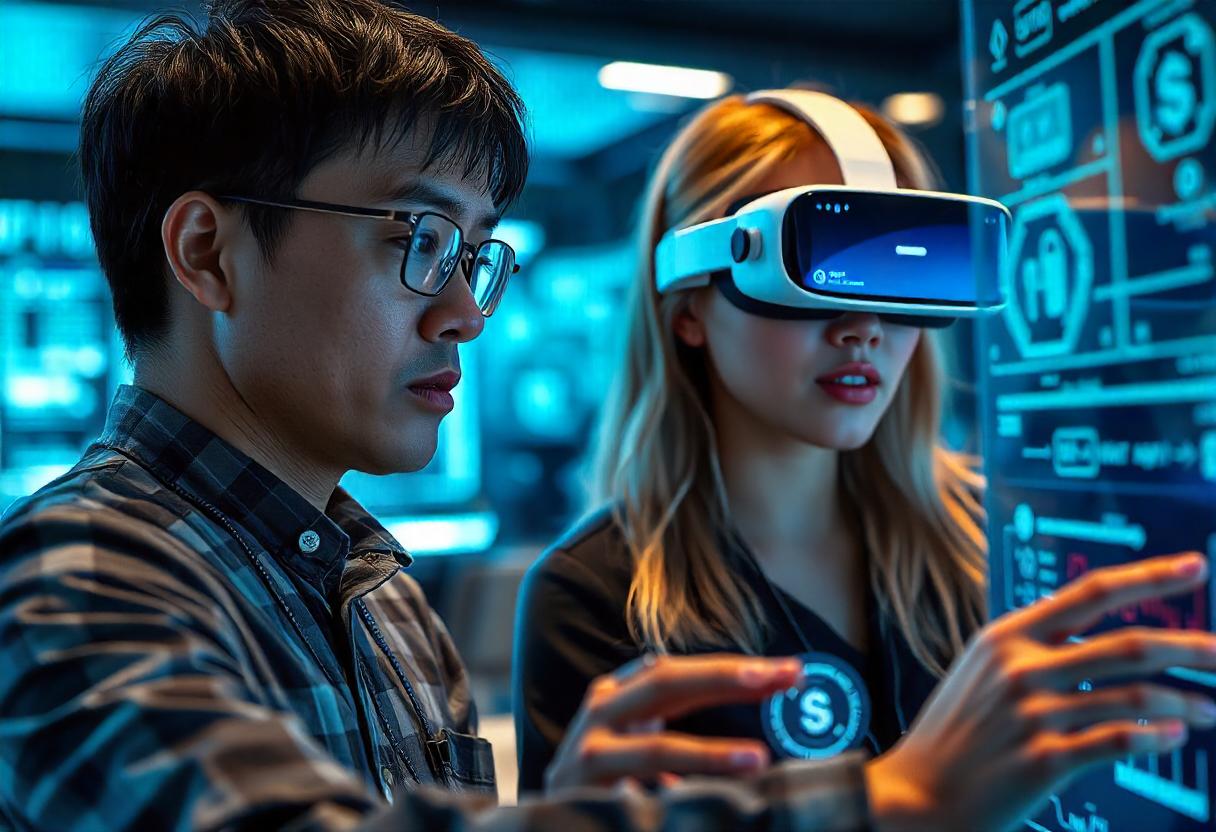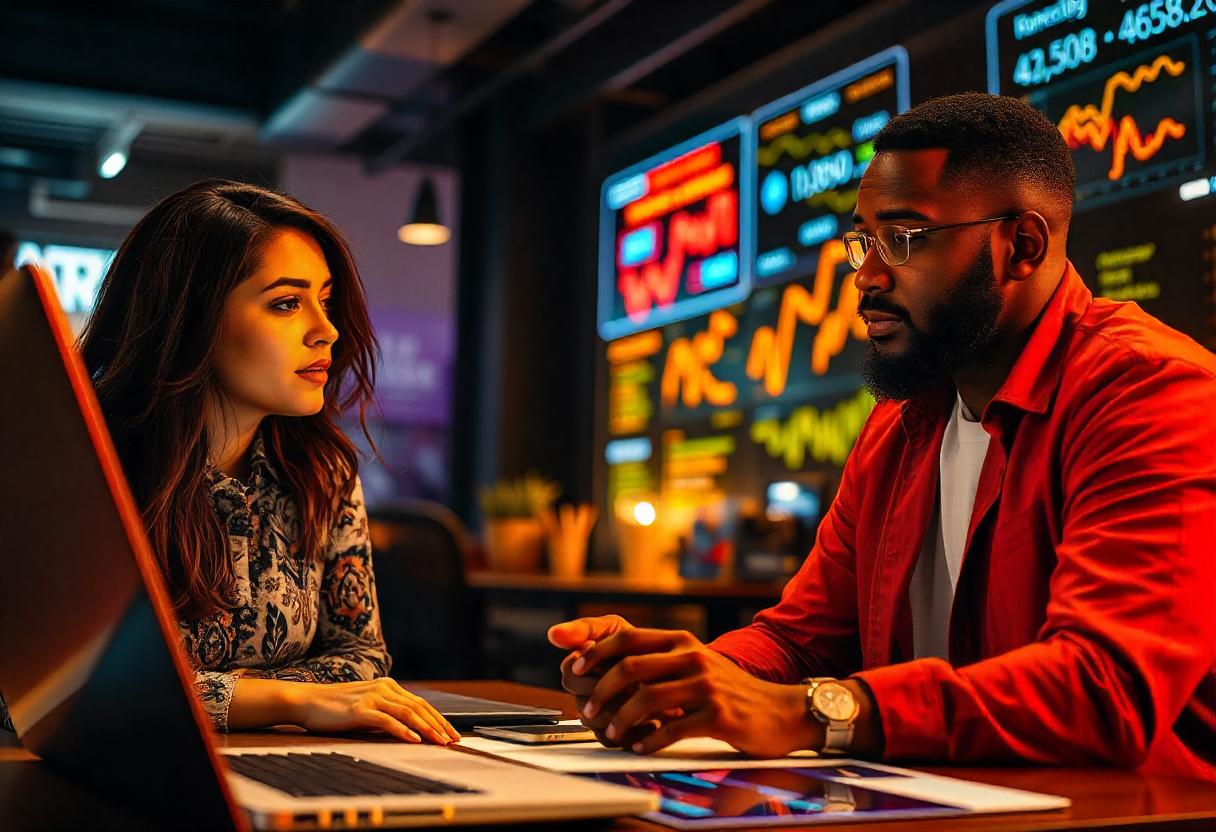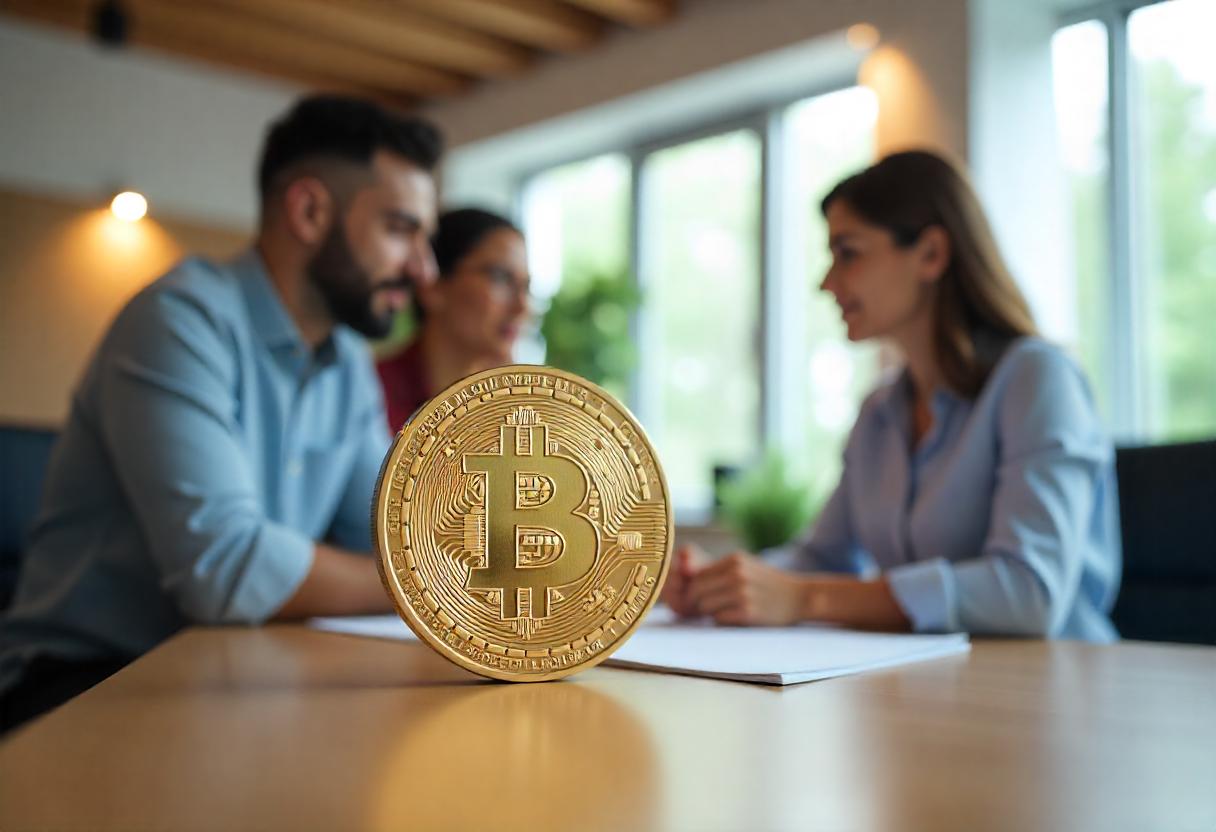Top 5 Real World Assets for Tokenization in 2024
 Jennifer
Jennifer
Introduction to Asset Tokenization
The world of finance is rapidly evolving, and one of the hottest trends going into 2024 is the tokenization of real-world assets (RWAs). This exciting development is transforming the way we think about ownership, investment, and even accessibility to traditionally illiquid assets. But what exactly does "tokenization" mean, and why should we care?
Asset tokenization is the process of converting physical assets, such as real estate or commodities, into digital tokens that exist on a blockchain. These tokens represent ownership or a stake in the underlying asset. With tokenization, traditional barriers to investment, like large upfront capital or geographic limitations, are starting to crumble. The promise of blockchain technology allows anyone, anywhere, to own a fraction of a real-world asset.
In 2024, tokenization is set to revolutionize multiple industries. Whether you're an investor looking for new opportunities or someone curious about the future of digital assets, this guide will take you through the top five real-world assets primed for tokenization.

What Are Real-World Assets (RWAs)?
Before diving into which assets are best suited for tokenization, it’s important to understand what we mean by "real-world assets."
RWAs are tangible items or financial instruments that exist in the physical world. They include property, commodities, art, stocks, and debt instruments, among others. These assets hold intrinsic value but are often difficult to trade due to factors such as high cost, legal restrictions, and geographic barriers. Tokenizing these assets makes them more accessible to a broader audience, especially in a decentralized, digital economy.
Why Tokenizing RWAs Is Beneficial
The tokenization of RWAs provides numerous benefits, including:
Increased liquidity for traditionally illiquid assets.
Fractional ownership, allowing smaller investments.
Global market access, removing geographical restrictions.
Tokenization opens up new investment channels for people who were previously excluded due to cost or location.
How Tokenization Works
Blockchain Technology’s Role
Tokenization relies on blockchain technology, which provides a secure and transparent way to record transactions. Each token exists as a digital asset on the blockchain and can be transferred or sold just like cryptocurrency.
Smart Contracts and Fractional Ownership
Smart contracts ensure that the terms of ownership are clear, fair, and automated, reducing the need for middlemen. Fractional ownership allows multiple investors to own a piece of an asset, making high-value assets more affordable.

Top 5 Real-World Assets for Tokenization in 2024
1. Real Estate
Real Estate Market Potential
Real estate is one of the most valuable asset classes in the world. Traditionally, investing in real estate has required significant capital and often involved complex legal processes. However, with tokenization, investors can own fractions of a property, making real estate more accessible.
How Tokenizing Real Estate Works
By tokenizing a property, ownership is divided into digital tokens. These tokens can be traded or sold on a blockchain platform, allowing for seamless, transparent transactions.
2. Commodities (Gold, Oil, etc.)
Tokenizing Precious Metals and Energy Assets
Commodities like gold, silver, and oil are highly valuable but often difficult to trade due to storage and logistical issues. Tokenization solves this problem by turning these commodities into digital tokens that can be traded quickly and easily.
Benefits and Risks
While tokenizing commodities opens up new investment opportunities, it also comes with risks like price volatility and regulatory uncertainties.
3. Art and Collectibles
Why Luxury Goods and Art Are Becoming Tokenized
High-end art and collectibles have long been coveted as investment assets, but they are often expensive and illiquid. Tokenization allows for fractional ownership of these valuable pieces, enabling a broader range of investors to participate.
Examples of Successful Tokenized Art
Several platforms are already facilitating the tokenization of art. Investors can now own a portion of a Picasso or Monet, which was previously limited to the ultra-wealthy.
4. Stocks and Equities
Tokenization of Traditional Financial Assets
Stocks and equities have been traded for centuries, but tokenization is bringing a new twist to the market. Tokenized stocks represent ownership in traditional companies but offer the flexibility and efficiency of blockchain technology.
Fractional Ownership in Stocks
With tokenization, you can own a fraction of a share, making it easier for smaller investors to diversify their portfolios.
5. Debt Instruments
Tokenization of Loans, Bonds, and Other Debt Instruments
Debt instruments like bonds, loans, and mortgages can also be tokenized, providing a new level of liquidity. This allows investors to buy, sell, or trade portions of these instruments without the need for traditional intermediaries.
How This Disrupts Traditional Finance
Tokenizing debt instruments can make financial markets more efficient by reducing transaction costs and improving liquidity.

Why Tokenization Is Trending in 2024
Growing Interest in Decentralized Finance (DeFi)
The rise of decentralized finance (DeFi) has fueled interest in tokenizing real-world assets. DeFi platforms offer new ways to trade, borrow, and lend assets without traditional banks.
Regulatory Developments Supporting Tokenization
In 2024, regulatory frameworks are evolving to support the tokenization of assets. As governments and financial institutions begin to recognize the benefits, we can expect to see more widespread adoption.
Benefits of Tokenizing Real-World Assets
Liquidity
Tokenized assets can be traded 24/7 on blockchain platforms, providing liquidity to previously illiquid assets like real estate or art.
Accessibility for Small Investors
By breaking down ownership into smaller, affordable tokens, tokenization allows everyday investors to participate in asset classes that were once out of reach.
Transparency and Security
Blockchain’s immutable ledger ensures that all transactions are transparent and secure, reducing the risk of fraud.
Challenges and Risks of Tokenization
Regulatory Hurdles
Despite growing interest, regulatory frameworks around the world are still catching up with tokenization. Inconsistent regulations can create uncertainty for investors.
Security Concerns
While blockchain is generally secure, vulnerabilities in smart contracts or hacking attempts on platforms could pose risks.
Market Volatility
Tokenized assets can be subject to the same price volatility as cryptocurrencies, which may deter some investors.

The Role of Blockchain in Tokenization
How Blockchain Provides Trust and Transparency
Blockchain technology offers a decentralized, secure, and transparent ledger that tracks ownership and transactions, building trust among participants.
Top Blockchain Platforms for Tokenization
Several blockchain platforms are emerging as leaders in the tokenization space, including Ethereum, Polygon, and Binance Smart Chain.
The Future of Real-World Asset Tokenization
Predictions for 2024 and Beyond
As tokenization gains traction, more asset classes will likely be tokenized. This could revolutionize how we buy, sell, and own everything from real estate to fine art.
Potential for Mass Adoption
With continued regulatory advancements and increased trust in blockchain technology, mass adoption of asset tokenization seems inevitable.

How to Get Started with Tokenization
Step-by-Step Guide to Tokenizing Assets
If you want to tokenize an asset, start by selecting a trusted blockchain platform. Next, consult legal professionals to ensure compliance with regulations. Finally, create digital tokens representing ownership and list them on a marketplace.
Tools and Platforms Available
Several platforms, such as OpenSea (for art) and RealT (for real estate), offer tokenization services to help you get started.
Conclusion
The tokenization of real-world assets is poised to reshape the global economy in 2024. By converting physical assets into digital tokens, investors gain access to new opportunities, while industries benefit from improved liquidity and transparency. Whether you’re an investor, business owner, or tech enthusiast, tokenization offers an exciting future with limitless potential.
FAQs
What is asset tokenization?
Asset tokenization is the process of converting real-world assets into digital tokens that exist on a blockchain, representing ownership or stake in the underlying asset.Are tokenized assets legal?
Yes, tokenized assets are legal, but regulations vary by country. Always consult with legal experts to ensure compliance with local laws.How can I invest in tokenized assets?
You can invest in tokenized assets by purchasing tokens on blockchain platforms that offer them. Real estate, art, and stocks are commonly tokenized assets.What risks are associated with tokenized assets?
Risks include regulatory uncertainty, market volatility, and potential security vulnerabilities in blockchain platforms.What is the best blockchain for tokenizing assets?
Popular blockchain platforms for tokenization include Ethereum, Binance Smart Chain, and Polygon due to their robust ecosystems and security features.
Subscribe to my newsletter
Read articles from Jennifer directly inside your inbox. Subscribe to the newsletter, and don't miss out.
Written by

Jennifer
Jennifer
Get your own desired cryptocurrency exchange development with the help of expert developers.